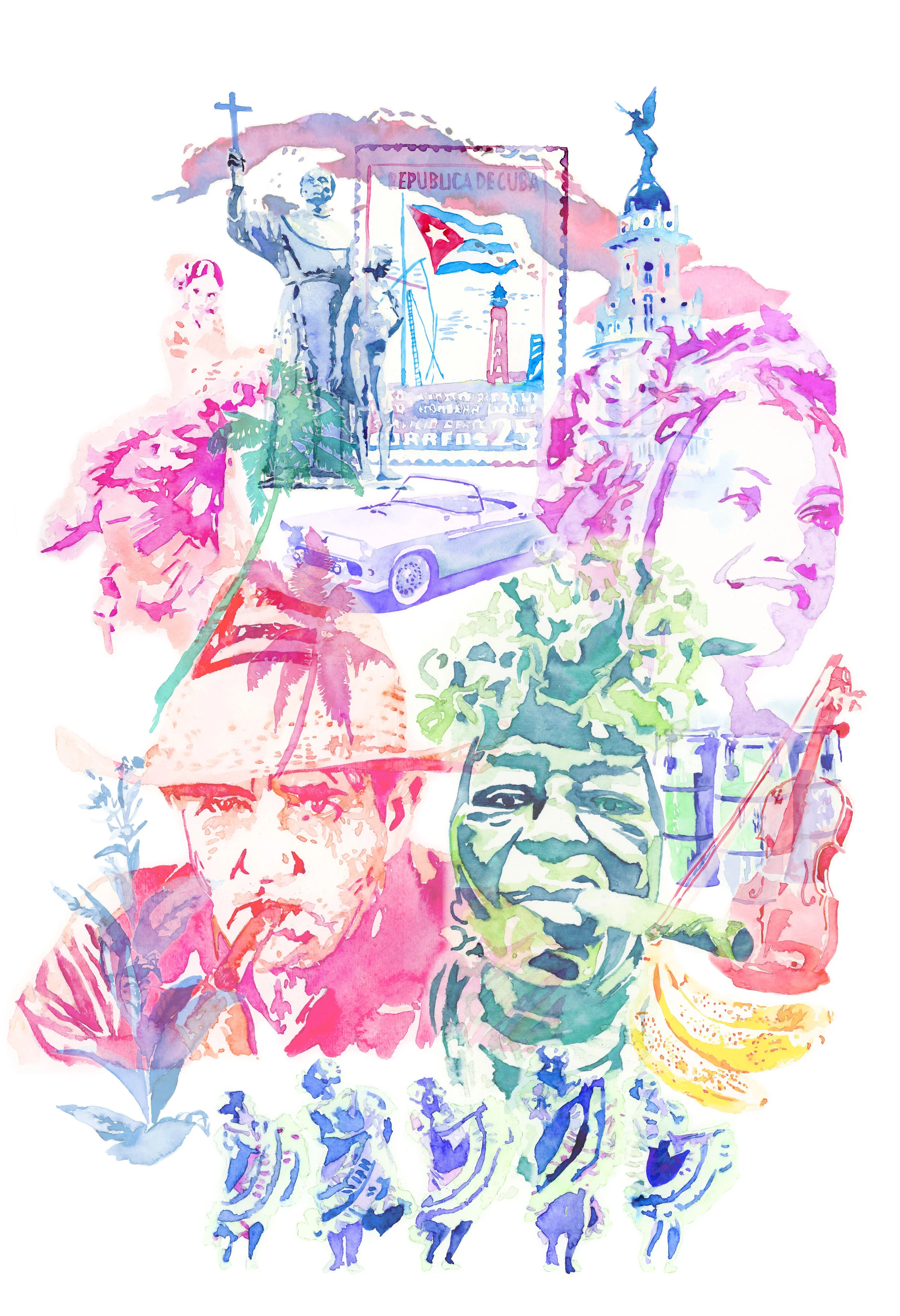Cuba the Beautiful
An 8-episode film series on my travels to Cuba.
Year: 2021
Directed, Produced, Cinematography, Edited by Radha Mehta
Episode 1: Old Havana, a UNESCO world heritage site, is filled with beautiful cobbled squares, vintage cars, museums, galleries, and historic forts. Some of the sites explored in this episode include Catedral de San Cristobal, Plaza de Armas, Taller Experimental de Gráfica, Plaza Vieja, Castillo de la Real Fuerza, Museu de la Ciudad, Plaza de San Francisco, Calle Obispo, and Castillo de San Salvador de la Punta. From sunshine to tropical rain fall, the beauty of this area is simply endless! If you watch this episode until the end, you’ll see that even the Cuban taxi drivers have a wonderful sense of humor;)
Episode 2: Matanzas (also known as The Athens of Cuba) is the capital of the Cuban province of Matanzas known for its poets and Afro-Cuban folklore, located ~56 miles east of Havana. Local artists enjoy residencies in various cafes throughout the city. While there, we were fortunate to see a live statue performance showcasing some of Matanzas cultural history spanning from their aborigines to famous artists such as José Jacinto Milanés (poet), Carilda Oliver Labra (poet), José White Laffite (violinist), and “La Flamenca" (Flamenco dancers).
Episode 3: Los Muñequitos de Matanzas is the Grammy-nominated Cuban rumba ensemble from the city of Matanzas. This band was formed in 1952 and continues to thrive from generation to generation, maintaining the reputation as innovators of rumba.
Episode 4: Fábrica de Arte Cubano, locally known as F.A.C., is an art gallery and club in Havana. Its various galleries and stages were established inside of a former cooking oil factory, and has since gained fame as one of Havana’s hottest nightclubs and art space, serving as a symbol of Cuba’s openness to the world.
Episode 5: Fusterlandia is a project of public art installations by local artist, José Fuster, which started ~20 years ago and has since covered several suburban blocks with whimsical but highly stylized art inspired by Gaudí, Paul Gauguin and Wifredo Lam among others. Fuster’s art consists of magic realism, maritime motifs, aspects of Santería, and a large dose of his own Cubanness. The centerpiece, largely featured in this film, is Fuster’s own house, "Taller-Estudio José Fuster", decorated with mosaic tiles of every color. Various local residing artists display their own style of art throughout their homes within this neighborhood.
Episode 6: Viñales Valley, located in the western end of Cuba, is encircled by mountains and limestone crops that rise as high as 300 meters. Traditional methods of agriculture (notably tobacco growing) have survived unchanged for several centuries. About ~92% of the property in this area is owned privately, with 30% owned by famers. This Valley is protected by the "Constitution of the Republic of Cuba" designating it as a National Monument. This episode explores snapshots of cultivating and curing tobacco, which is then meditatively rolled into a cigar the whole world yearns for!
Episode 7: Come along on a 1950s convertible ride throughout the city of Havana. Some famous landmarks shown in this episode include La Cabana Fortress, La Fuerza Castle, Revolution Square, National Museum of Fine Arts, Gran Teatro de La Habana, Bacardi Building, Jesus de Miramar, Capitol Building and murals by local artists colorfully sprinkled throughout the city.
Episode 8: This episode is a journey through several nights spent in just Havana. The Gran Teatro, located near the Capitol, is a Havana crown jewel not to miss! We were fortunate to watch a gender/culture defying performance by the Cuban National Ballet Company. And as many may already know, Cuban bars and restaurants are known for their great music, rich architectural heritage, and easy-going atmosphere. The best Cuban dance clubs host world-class (small to large) Cuban bands on a nightly basis. Music is everywhere, and some locals would joke that Cuba is the only country in the world where you have to pay musicians NOT to play.
In January of 2020 just before the pandemic hit, I had the amazing opportunity to visit Cuba on a cultural exchange mission.
Cuban livelihoods depend heavily on the tourism industry. According to official figures published on 2/27/20 by the National Bureau of Statistics and Information: “the number of tourists and Cuban-Americans visiting Cuba fell almost 20 percent in January compared to the same period last year. The most drastic fall in the figures was in the case of American visitors, which dropped almost 70 percent.”
Once the pandemic hit, their tourism industry, as did the rest of the world, just tanked leaving the Cuban population near dire straits.
Upon returning from my trip however, I felt compelled to further honor the mission of my visa by creating an 8-episode travel film series, painting, and an interactive lookbook (38 pages) in hopes my memories will inspire others to visit Cuba as well.
